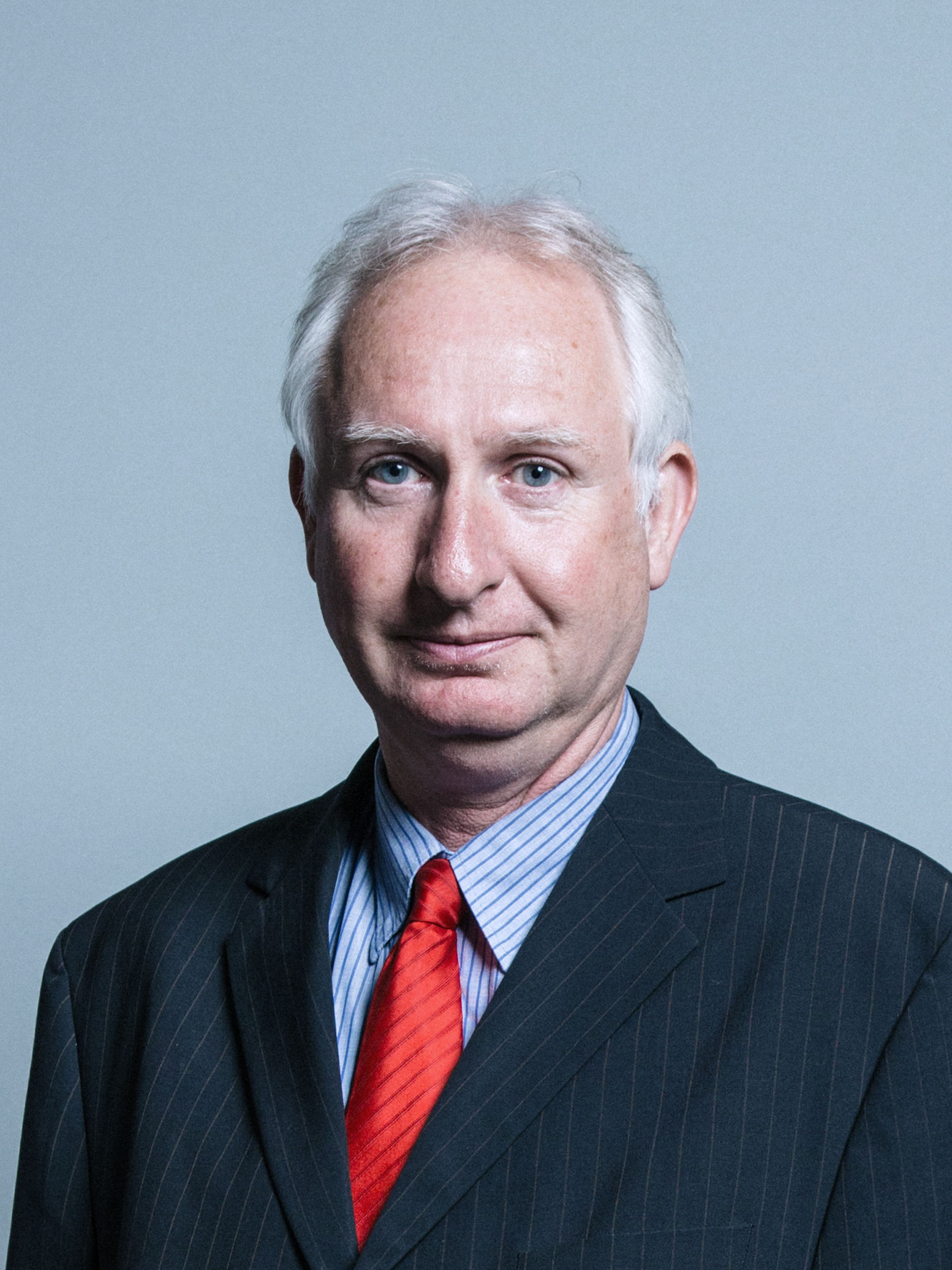|
Internal Drainage Board
An internal drainage board (IDB) is a type of operating authority which is established in areas of special drainage need in England and Wales with permissive powers to undertake work to secure clean water drainage and water level management within drainage districts. The area of an IDB is not determined by county or metropolitan council boundaries, but by water catchment areas within a given region. IDBs are geographically concentrated in the Broads, Fens in East Anglia and Lincolnshire, Somerset Levels and Yorkshire. In comparison with public bodies in other countries, IDBs are most similar to the ''Waterschappen'' of the Netherlands, ''Consorzi di bonifica e irrigazione'' of Italy, '' wateringen'' of Flanders and Northern France, Watershed Districts of Minnesota, United States and Marsh Bodies of Nova Scotia, Canada. Responsibilities Much of their work involves the maintenance of rivers, drainage channels ( rhynes), ordinary watercourses, pumping stations and other cri ... [...More Info...] [...Related Items...] OR: [Wikipedia] [Google] [Baidu] |
Minnesota
Minnesota ( ) is a U.S. state, state in the Upper Midwestern region of the United States. It is bordered by the Canadian provinces of Manitoba and Ontario to the north and east and by the U.S. states of Wisconsin to the east, Iowa to the south, and North Dakota and South Dakota to the west. It is the List of U.S. states and territories by area, 12th-largest U.S. state in area and the List of U.S. states and territories by population, 22nd-most populous, with about 5.8 million residents. Minnesota is known as the "Land of 10,000 Lakes"; it has 14,420 bodies of fresh water covering at least ten acres each. Roughly a third of the state is Forest cover by state and territory in the United States, forested. Much of the remainder is prairie and farmland. More than 60% of Minnesotans (about 3.71 million) live in the Minneapolis–Saint Paul metropolitan area, known as the "Twin Cities", which is Minnesota's main Politics of Minnesota, political, Economy of Minnesota, economic, and C ... [...More Info...] [...Related Items...] OR: [Wikipedia] [Google] [Baidu] |
Department For Environment, Food And Rural Affairs
The Department for Environment, Food and Rural Affairs (Defra) is a Departments of the Government of the United Kingdom, ministerial department of the government of the United Kingdom. It is responsible for environmental quality, environmental protection, food production and standards, agriculture, fisheries and rural communities in the entire United Kingdom. Memorandum of understanding, Concordats set out agreed frameworks for cooperation, between it and the Scottish Government, Welsh Government and Northern Ireland Executive, which have devolved responsibilities for these matters in their respective nations. Defra also leads for the United Kingdom on agricultural, fisheries and environmental matters in international negotiations on sustainable development and climate change, although a new Department of Energy and Climate Change was created on 3 October 2008 to take over the last responsibility; later transferred to the Department for Business, Energy and Industrial Strategy ... [...More Info...] [...Related Items...] OR: [Wikipedia] [Google] [Baidu] |
Middle Level Commissioners
The Middle Level Commissioners are a land drainage authority in eastern England. The body was formed in 1862, undertaking the main water level management function within the Middle Level following the breakup of the former Bedford Level Corporation. The Middle Level is the central and largest section of the Great Level of The Fens, which was reclaimed by drainage during the mid-17th Century. The area is bounded on the northwest and east by the River Nene and Ouse washes, on the north by previously drained Marshland silts and to the south and west by low clay hills. The Middle Level river system consists of over of watercourses most of which are statutory navigations and has a catchment of over . History In the distant past Great Britain was part of continental Europe with the rivers of eastern England being tributaries of the River Rhine, which flowed across a flat, marshy plain, which is now the southern North Sea. Around 12,000 years ago, following the end of the last Ice ... [...More Info...] [...Related Items...] OR: [Wikipedia] [Google] [Baidu] |
Land Drainage Act 1930
The Land Drainage Act 1930 ( 20 & 21 Geo. 5. c. 44) was an act of Parliament passed by the United Kingdom Government which provided a new set of administrative structures to ensure that drainage of low-lying land could be managed effectively. It followed the proposals of a royal commission which sat during 1927. The act sought to set up catchment boards with overall responsibility for each of the main rivers of England and Wales, and to alter the basis on which drainage rates could be collected, removing the 400-year-old precept that only those who directly benefitted from drainage works could be expected to pay for them. Background Prior to the 1930s, land drainage in the United Kingdom was regulated by the Statute of Sewers ( 23 Hen. 8. c. 5), passed by King Henry VIII in 1531, and several further acts which built upon that foundation. However, there was some dissatisfaction with these powers, as although there were administrative bodies with powers to manage the drainage o ... [...More Info...] [...Related Items...] OR: [Wikipedia] [Google] [Baidu] |
British Government
His Majesty's Government, abbreviated to HM Government or otherwise UK Government, is the central government, central executive authority of the United Kingdom of Great Britain and Northern Ireland.Overview of the UK system of government : Directgov – Government, citizens and rights Archived direct.gov.uk webpage. Retrieved on 29 August 2014. The government is led by the Prime Minister of the United Kingdom, prime minister (Keir Starmer since 5 July 2024) who appoints all the other British Government frontbench, ministers. The country has had a Labour Party (UK), Labour government since 2024 United Kingdom general election, 2024. The ... [...More Info...] [...Related Items...] OR: [Wikipedia] [Google] [Baidu] |
Environment Agency
The Environment Agency (EA) is a non-departmental public body, established in 1996 and sponsored by the United Kingdom government's Department for Environment, Food and Rural Affairs, with responsibilities relating to the protection and enhancement of the environment (biophysical), environment in England (and until 2013 also Wales). Based in Bristol, the Environment Agency is responsible for flood management, waste management, regulating land and water pollution, and conservation. Roles and responsibilities Purpose The Environment Agency's stated purpose is, "to protect or enhance the environment, taken as a whole" so as to promote "the objective of achieving sustainable development" (taken from the Environment Act 1995, section 4). Protection of the environment relates to threats such as flood and pollution. The vision statement, vision of the agency is of "a rich, healthy and diverse environment for present and future generations". Scope The Environment Agency's remit c ... [...More Info...] [...Related Items...] OR: [Wikipedia] [Google] [Baidu] |
Main River
The Main () is the longest tributary of the Rhine, one of the major European rivers. It rises as the White Main in the Fichtel Mountains of northeastern Bavaria and flows west through central Germany for to meet the Rhine below Rüsselsheim, Hesse. The cities of Mainz and Wiesbaden are close to the confluence. The largest cities on the Main are Frankfurt am Main, Offenbach am Main and Würzburg. It is the longest river lying entirely in Germany (if the Weser- Werra are considered separate). Geography The Main flows through the north and north-west of the state of Bavaria and then across southern Hesse; against the latter it demarcates a third state, Baden-Württemberg, east and west of Wertheim am Main, the northernmost town of that state. The upper end of its basin opposes that of the Danube where the watershed is recognised by natural biologists, sea salinity studies (and hydrology science more broadly) as the European Watershed. The Main begins near Kulmbach in ... [...More Info...] [...Related Items...] OR: [Wikipedia] [Google] [Baidu] |
NPPF
The National Planning Policy Framework (NPPF) is a land-use planning policy in England. It was originally published by the UK's Department of Communities and Local Government in March 2012, consolidating over two dozen previously issued documents called Planning Policy Statements (PPS) and Planning Policy Guidance Notes (PPG) for use in England. It has since been revised in 2018, 2019, 2021, twice in 2023 and once in 2024. The live version is from December 2024. As well as sweeping away the 1997–2010 Labour government's top-down housing targets and regional planning strategies in conjunction with the Localism Act 2011, the NPPF introduced a presumption in favour of sustainable development at the heart of the English planning system, which encourages local planning authorities to plan positively for new development, and approve all individual proposals wherever possible. The other core principles of the framework are of a genuinely plan-led system, empowering local people to s ... [...More Info...] [...Related Items...] OR: [Wikipedia] [Google] [Baidu] |
Critical Infrastructure
Critical infrastructure, or critical national infrastructure (CNI) in the UK, describes infrastructure considered essential by governments for the functioning of a society and economy and deserving of special protection for national security. Critical infrastructure has traditionally been viewed as under the scope of government due to its strategic importance, yet there is an observable trend towards its privatization, raising discussions about how the private sector can contribute to these essential services. Items Most commonly associated with the term are assets and facilities for: * Shelter; Heating (e.g. natural gas, fuel oil, district heating); * Agriculture, food production and distribution; * Education, skills development and technology transfer / basic subsistence and unemployment rate statistics; * Water supply (drinking water, waste water/sewage, stemming of surface water (e.g. dikes and sluices)); * Public health (hospitals, ambulances); * Transportation systems ( ... [...More Info...] [...Related Items...] OR: [Wikipedia] [Google] [Baidu] |
Pumping Stations
Pumping stations, also called pumphouses, are public utility buildings containing pumps and equipment for pumping fluids from one place to another. They are critical in a variety of infrastructure systems, such as water supply, Land reclamation, drainage of low-lying land, canals and removal of sewage to processing sites. A pumping station is an integral part of a pumped-storage hydroelectricity installation. Pumping stations are designed to move water or sewage from one location to another, overcoming gravitational challenges, and are essential for maintaining navigable canal levels, Water supply, supplying water, and managing sewage and floodwaters. In canal systems, pumping stations help replenish water lost through lock usage and leakage, ensuring navigability. Similarly, in land drainage, stations pump water to prevent flooding in areas below sea level, a concept pioneered during the Victorian era in places like The Fens in the UK. The introduction of "package pumping statio ... [...More Info...] [...Related Items...] OR: [Wikipedia] [Google] [Baidu] |






